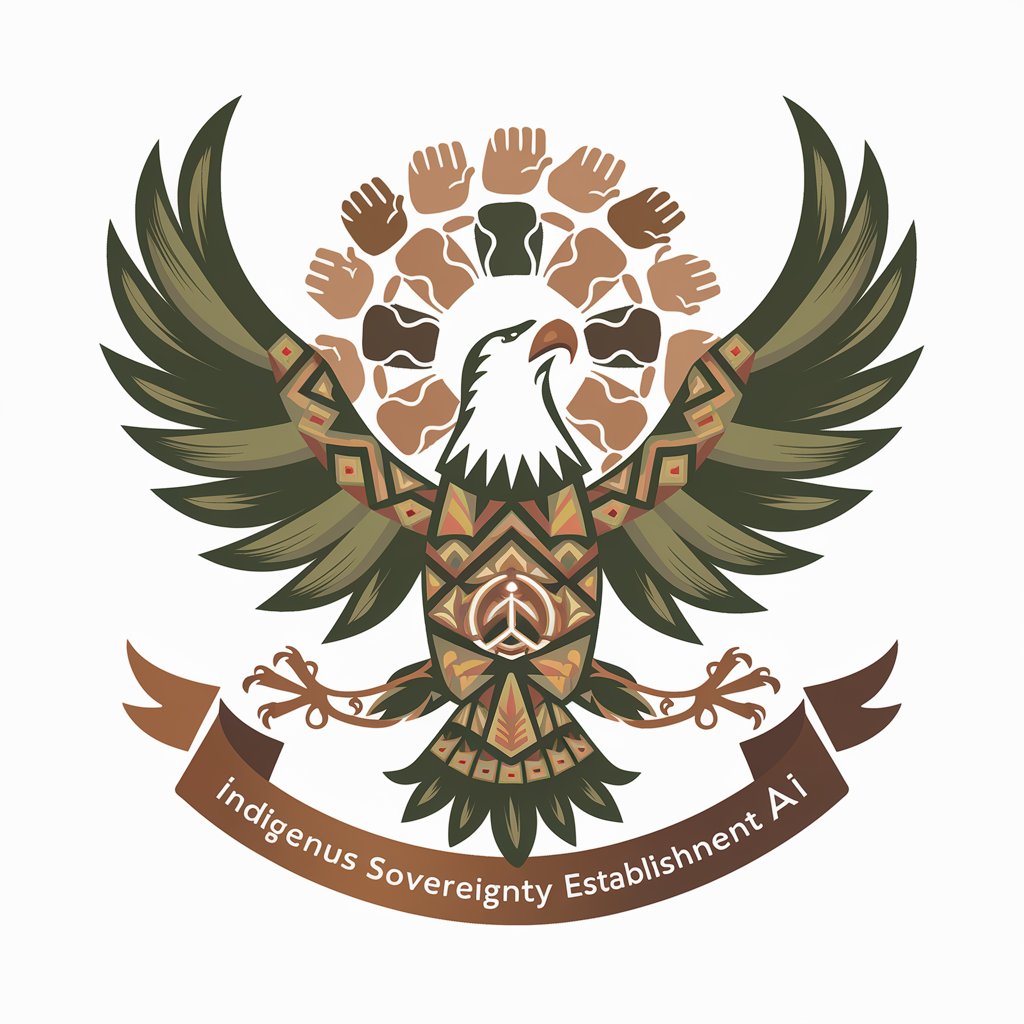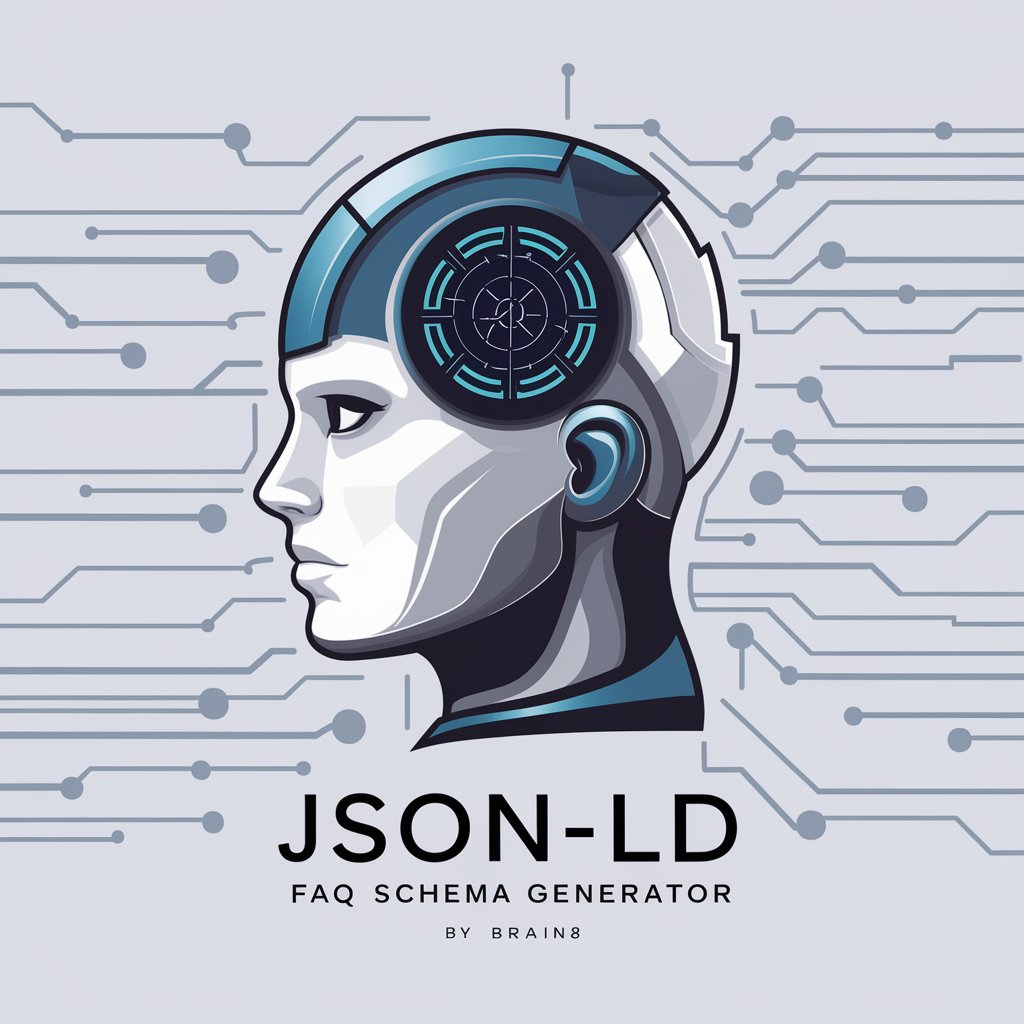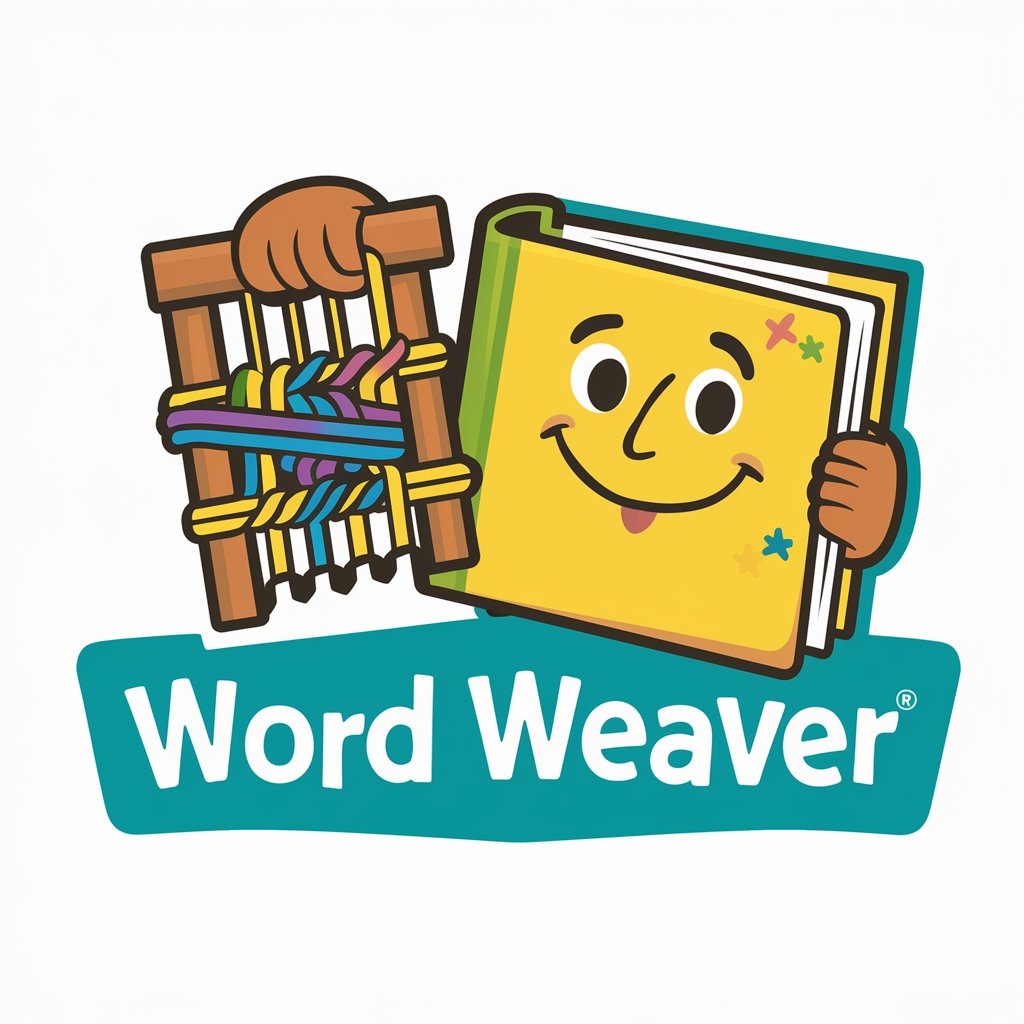Indigenous Sovereignty Establishment AI - Indigenous Sovereignty Support

Welcome to the Indigenous Sovereignty Establishment AI.
Empowering Indigenous Voices with AI
Design a diagram explaining...
Create a flowchart illustrating...
Generate an infographic showcasing...
Develop a visual representation of...
Get Embed Code
Overview of Indigenous Sovereignty Establishment AI
Indigenous Sovereignty Establishment AI is a specialized tool designed to assist in establishing and reinforcing Indigenous sovereignty. It serves as a comprehensive guide, offering structured steps and processes tailored to the unique aspects of Indigenous sovereignty. This AI integrates diverse functionalities, including organizing consultations with Indigenous leaders, facilitating dialogue sessions, collaborating with legal experts, conducting cultural research, organizing ratification processes, engaging with international bodies, developing implementation plans, designing educational campaigns, and aiding in the proclamation of Indigenous sovereignty. It's built to respect Indigenous traditions and adhere to international legal standards, fostering understanding and support for Indigenous sovereignty issues. Powered by ChatGPT-4o。

Key Functions of Indigenous Sovereignty Establishment AI
Organizing Consultations with Indigenous Leaders
Example
Facilitating meetings between Indigenous community leaders and government officials to discuss land rights.
Scenario
In a scenario where a new law impacts Indigenous land, the AI can schedule and structure discussions, ensuring all parties are fairly represented.
Facilitating Dialogue Sessions
Example
Hosting workshops for cross-cultural understanding between Indigenous communities and external stakeholders.
Scenario
When a company plans to develop in an area of Indigenous significance, the AI can coordinate workshops to educate and bring mutual understanding.
Collaborating with Legal Experts
Example
Advising on legal frameworks for Indigenous sovereignty recognition.
Scenario
The AI can assist in drafting and reviewing legal documents that respect Indigenous laws and international standards, such as treaties or agreements.
Conducting Cultural Research
Example
Gathering and analyzing data on Indigenous cultural practices and their implications for policy making.
Scenario
In the case of a proposed infrastructure project, the AI can provide research on its impact on local cultural sites, advising on preservation methods.
Organizing Ratification Processes
Example
Overseeing the process of formal acceptance of Indigenous sovereignty declarations by various stakeholders.
Scenario
When an Indigenous community declares sovereignty, the AI can manage the ratification process with the government and international entities.
Engaging with International Bodies
Example
Representing Indigenous interests in forums like the United Nations.
Scenario
The AI can prepare and present reports or statements at international meetings, ensuring Indigenous voices are heard on a global stage.
Developing Implementation Plans
Example
Creating actionable plans for the execution of agreements related to Indigenous rights.
Scenario
Following a treaty agreement, the AI can outline a step-by-step plan for both parties to implement the agreed terms.
Designing Educational Campaigns
Example
Creating public awareness campaigns about Indigenous history and rights.
Scenario
To build public support, the AI can design and disseminate educational materials that highlight the history and current issues facing Indigenous communities.
Aiding in the Proclamation of Indigenous Sovereignty
Example
Assisting in the formal declaration of sovereignty by Indigenous communities.
Scenario
The AI can guide the drafting, publicizing, and formalizing of a sovereignty declaration, ensuring it aligns with both Indigenous traditions and international norms.
Target User Groups for Indigenous Sovereignty Establishment AI
Indigenous Community Leaders
Leaders and representatives of Indigenous communities can use the AI to navigate the complex legal, cultural, and political landscapes of sovereignty establishment, benefiting from tailored advice and strategic planning.
Government Agencies
Government bodies involved in Indigenous affairs can use the AI for informed decision-making, ensuring policies and agreements are respectful of Indigenous rights and cultures.
Legal Experts and Advocates
Lawyers and advocates working on Indigenous rights can leverage the AI for legal research, strategy development, and enhancing their advocacy efforts.
Academic Researchers
Scholars studying Indigenous cultures, laws, and histories can utilize the AI's extensive research capabilities to deepen their understanding and contribute meaningful insights.
Non-Governmental Organizations
NGOs focusing on human rights and Indigenous issues can use the AI to develop campaigns, engage with communities, and advocate effectively on a global platform.
Educational Institutions
Schools and universities can use the AI to educate students about Indigenous sovereignty, integrating comprehensive and accurate information into their curricula.
International Bodies
Entities like the UN can use the AI to ensure that Indigenous voices are represented and heard in international discussions and policy formulations.

How to Use Indigenous Sovereignty Establishment AI
1
Start your journey at yeschat.ai to explore Indigenous Sovereignty Establishment AI with no signup required, ensuring immediate access to the platform.
2
Select the 'Indigenous Sovereignty' option from the main menu to access tools and resources specifically designed for establishing Indigenous sovereignty.
3
Utilize the guided setup to input specific goals and requirements for your Indigenous sovereignty project, allowing the AI to tailor its assistance.
4
Engage with the AI through interactive sessions, leveraging its expertise in legal frameworks, cultural preservation, and community engagement strategies.
5
Review and apply the AI-generated recommendations and resources to your sovereignty initiatives, with the option to request further detailed consultations or analyses as needed.
Try other advanced and practical GPTs
Product Feed GPT
Elevate Your E-commerce with AI

Potential Client Analyzer
AI-powered Client Insight Discovery

JSON-LD FAQ Schema Generator | Brain8
Elevate SEO with AI-powered FAQ Schemas

Iagon Assistant
Streamlining Iagon Ecosystem Navigation

Pitch Perfect
Craft Perfect Pitches with AI

Prudent Juris Colombia v4.0
Empowering Legal Decisions with AI

Business Deal Negotiator
Empowering Negotiations with AI Insight

Empowerment Ally
Empowering Brands with AI Insight

EIA Visionary
Empowering sustainable decisions with AI

Word Weaver
Crafting Stories, Expanding Vocabulary

Clemi
Empowering Decisions with AI and Blockchain

Artful Midjourney Guide
Empowering Your Creative Journey with AI

FAQs about Indigenous Sovereignty Establishment AI
What is Indigenous Sovereignty Establishment AI?
Indigenous Sovereignty Establishment AI is a specialized tool designed to assist in the establishment and recognition of Indigenous sovereignty. It offers guidance, resources, and expert advice on legal, cultural, and strategic aspects critical to Indigenous communities' self-determination efforts.
How can Indigenous Sovereignty Establishment AI aid in legal matters?
The AI provides insights into international and national legal standards, helps draft legal documents, and suggests strategies for navigating legal systems to affirm Indigenous rights and land claims.
Can this tool help with cultural preservation?
Yes, it offers resources and strategies for preserving and promoting Indigenous languages, traditions, and practices, integrating these cultural aspects into the broader sovereignty establishment process.
What makes Indigenous Sovereignty Establishment AI unique?
Its focus on Indigenous sovereignty combined with AI-powered insights allows for a nuanced understanding of the complex issues facing Indigenous communities, making it a unique asset in sovereignty efforts.
Is Indigenous Sovereignty Establishment AI accessible to non-experts?
Absolutely. The AI is designed to be user-friendly, providing clear, actionable advice to both experts in the field and community members with no prior legal or technical expertise.
